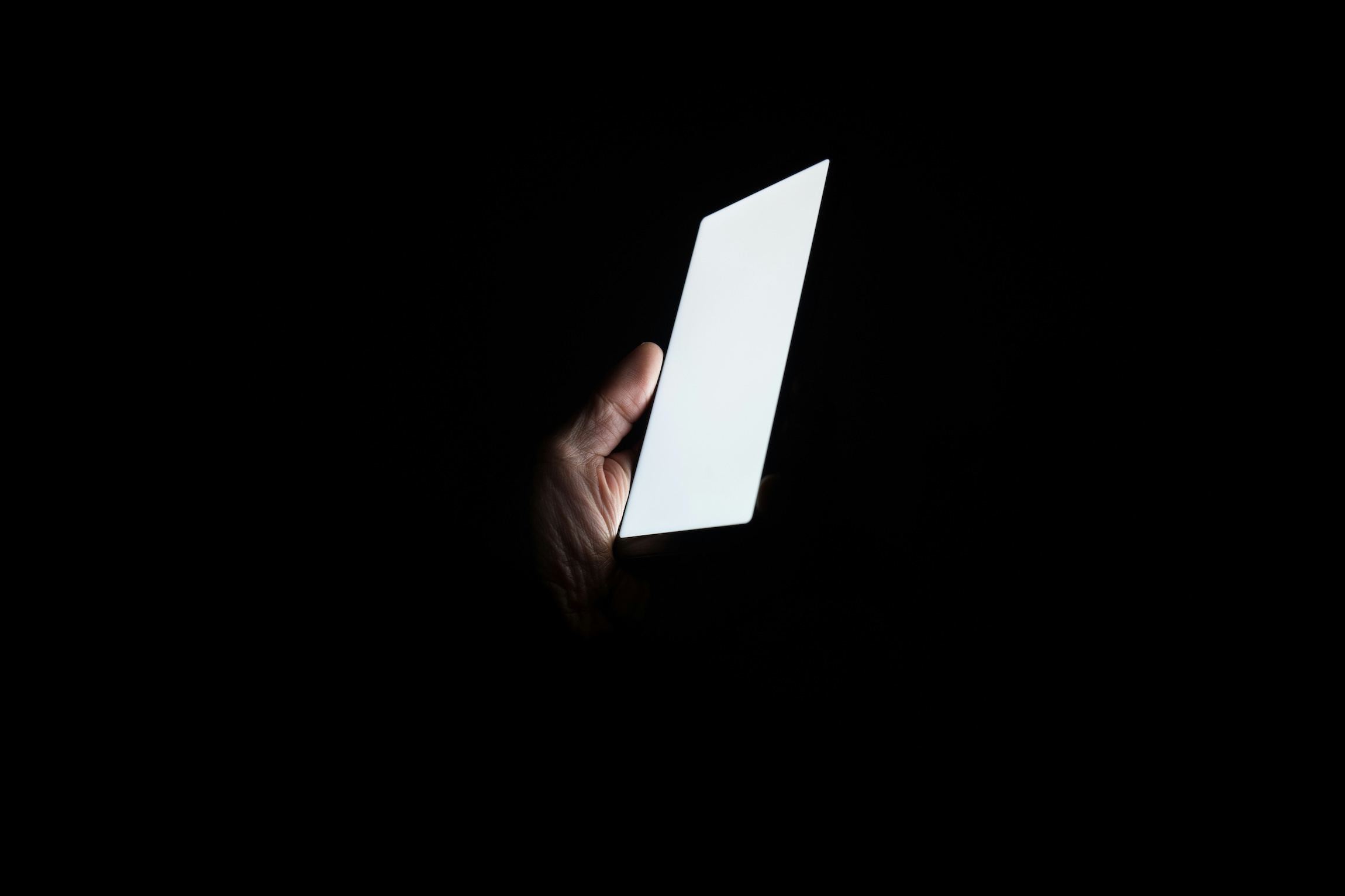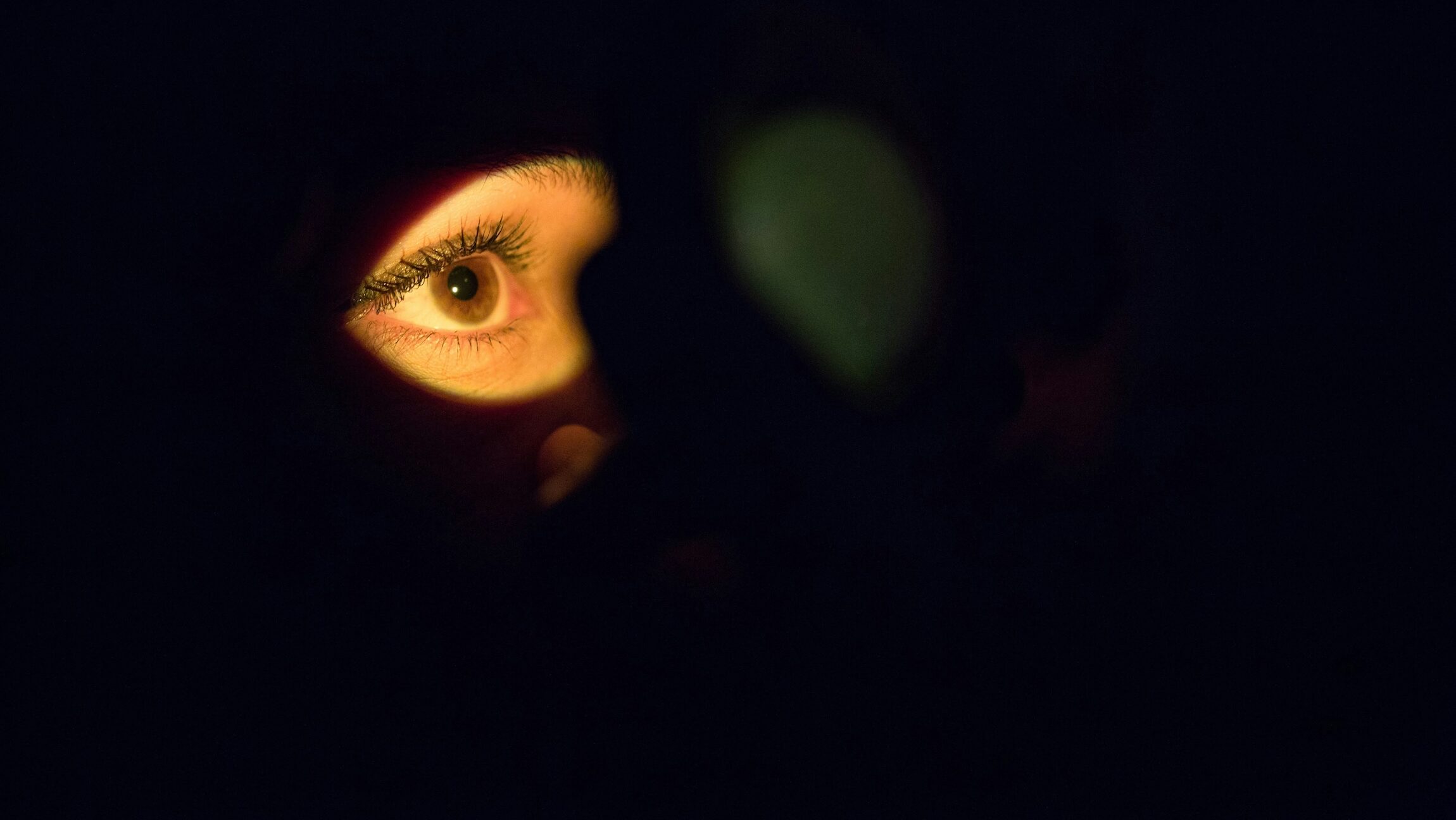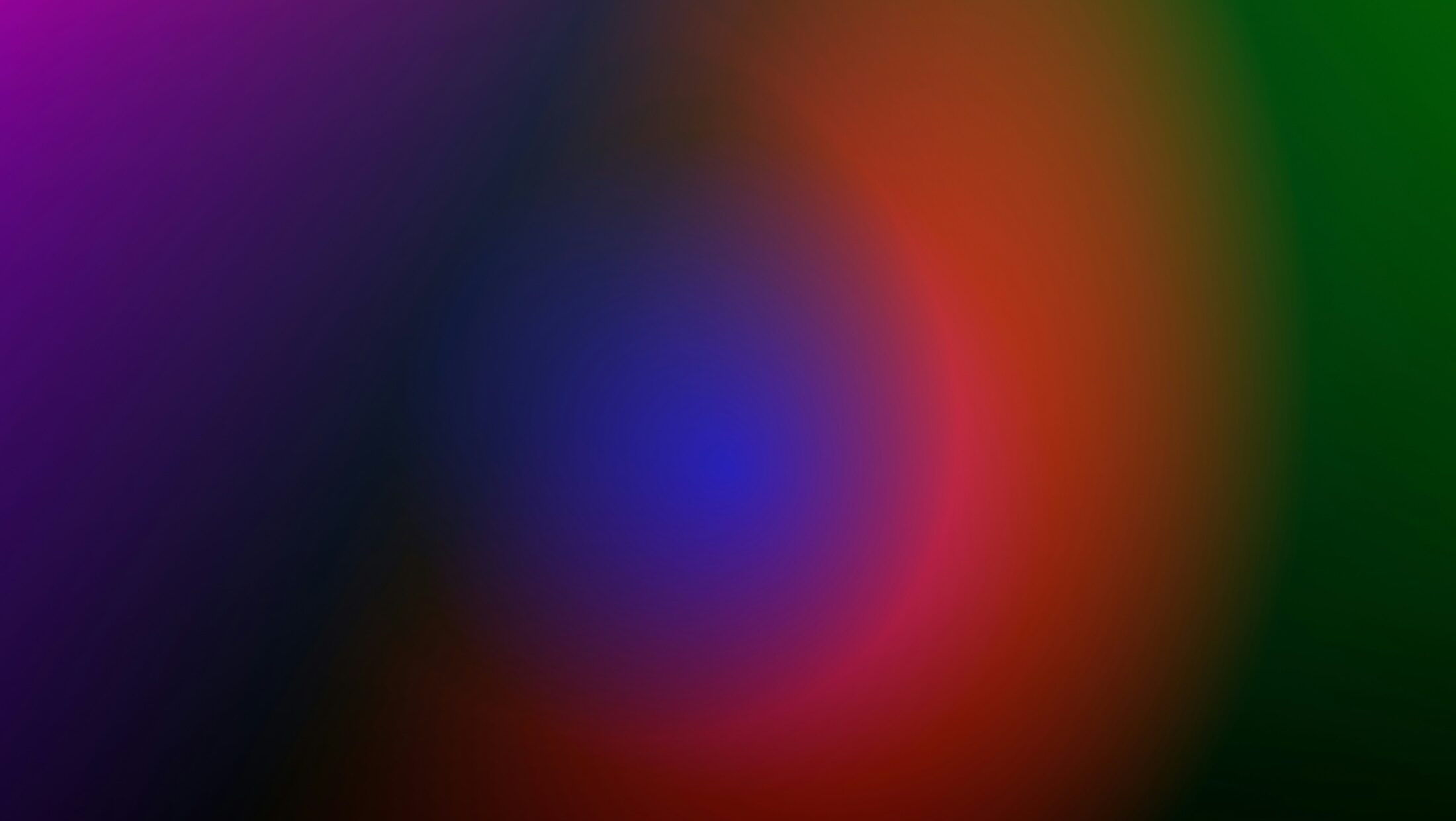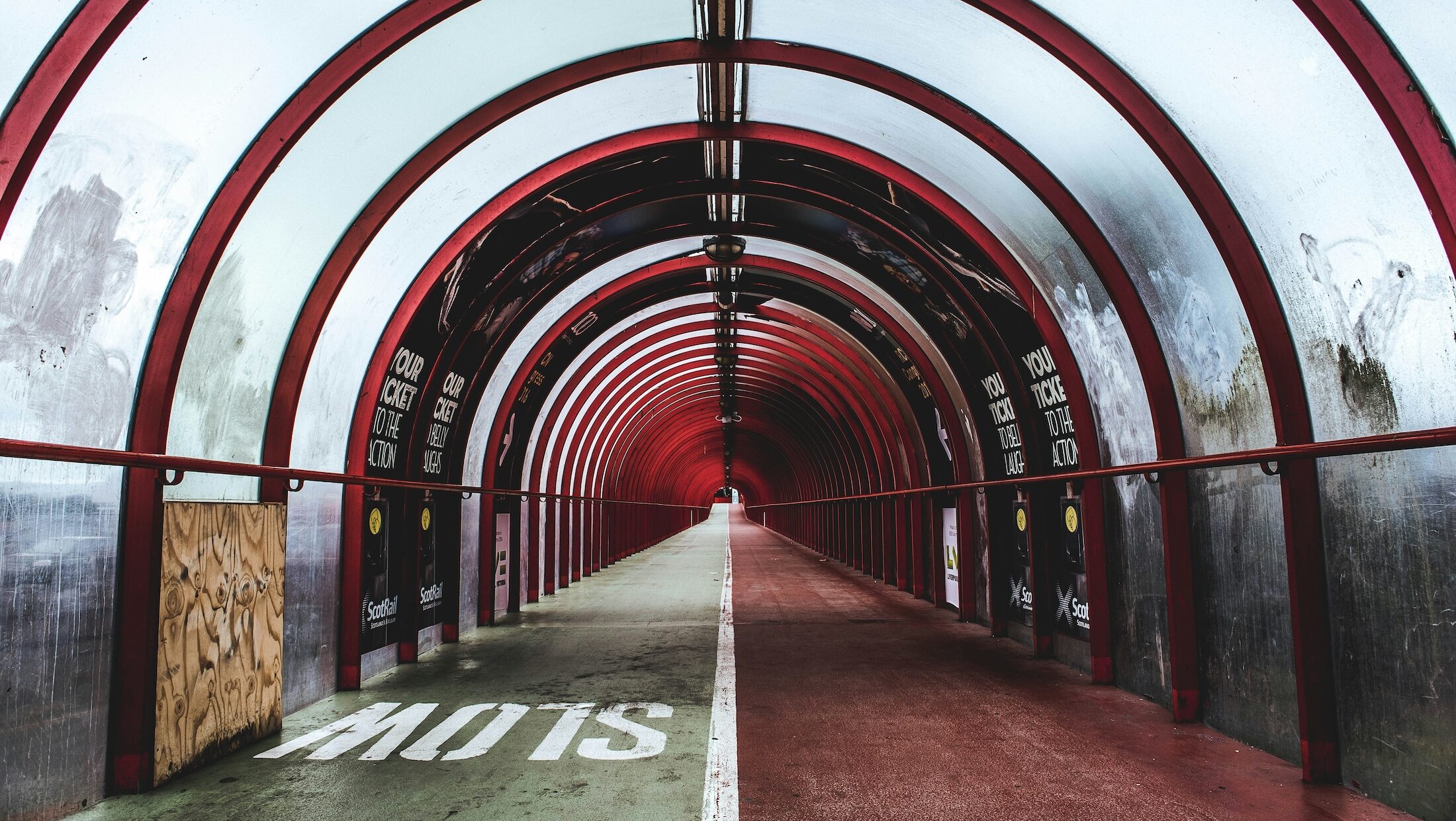Photo by Brands&People on Unsplash
Do we keep contributing to the chaos of the attention economy, or do we design with intention?

This edited volume examines the interplay between human attention and the demands of the digital economy. It offers insights from various experts on how attention is allocated, the impact of technology on cognitive capacities, and strategies to enhance focus and well-being in an era characterized by constant distraction.
We’ve all heard of the “attention economy.”
It became a hot topic in the 1990s, when experts started realizing that attention is a limited resource in a world overwhelmed by information. Michael H. Goldhaber, a computer scientist, even coined the term in 1997, pointing out that in a world with too much content, human attention becomes incredibly valuable.
But even before that, Herbert A. Simon, a psychologist and economist, warned that as information increases, attention is what we’re truly lacking. Today, the attention economy shapes the way digital platforms, social media, and even advertising are designed to grab our focus.
In today’s world, where apps, websites, and devices compete for our attention, things have gotten a bit out of hand. Many products and platforms seem designed to be louder and more intrusive, fighting for our focus in every moment. The result? Increased stress, distractions, and difficulty concentrating.
The attention economy fuels this race—companies know that our time and focus are valuable, so they prioritize capturing it, sometimes at the cost of our well-being. As a result, many digital experiences are more overwhelming than helpful.
But recently, I came across a concept that made me stop and think: the Intention Economy, introduced by Imran Rashid.
Rather than just vying for our attention, the intention economy is about using technology to help us achieve our goals intentionally. Rashid puts it like this: “Technology should serve the user, not steal their attention.”
In a world where our every move online is monitored and used against us to capture more of our time, the intention economy offers a refreshing shift. It’s about creating things that aligns with what we truly want—helping us focus on what matters to us, rather than distracting us with endless notifications and pop-ups.
As designers, creators, and business owners, we have a choice. Do we keep contributing to the chaos of the attention economy, or do we design with intention?
The future lies in creating tools that support people’s real goals and well-being, not just their attention spans. It’s time we put intention over attention—and the shift starts with us.

Photo by Andrew Guan




